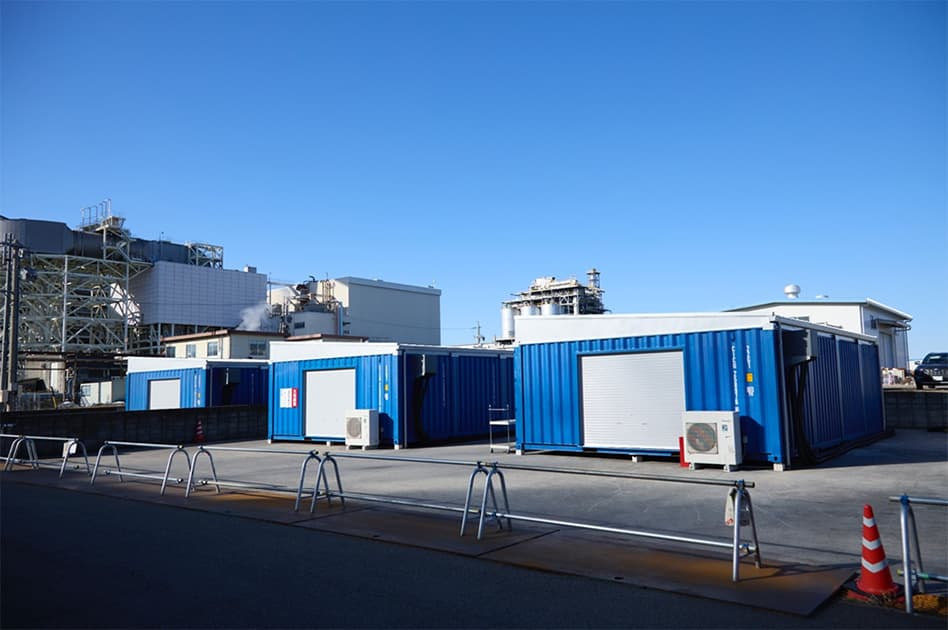Overview
- Toyota Motor Corporation (Toyota) and JERA Co., Inc. (JERA) announced the construction and launch of the world's first (as of writing, according to Toyota's investigations) large-capacity Sweep Energy Storage System. The system was built using batteries reclaimed from electrified vehicles (HEV, PHEV, BEV, FCEV) and is connected to the consumer electrical power grid.
- Growing demand for storage batteries is driven by their essential role in stabilizing and expanding renewable energy systems. Meanwhile, the limited availability of critical materials like cobalt and lithium creates significant supply constraints in battery production, highlighting the urgent need for sustainable solutions in the battery industry.
This technology repurposes batteries from electric vehicles for grid-connected energy storage, promoting environmental sustainability.
Features
.jpg)
Source: Toyota, 2022
- Sweep Energy Storage System reuses batteries from various types of electrified vehicles, including hybrids, plug-in hybrids, full electric, and hydrogen fuel cell models.
- Developed by Toyota Central R&D Labs, Inc., the sweep function allows full utilization of reclaimed vehicle batteries, regardless of their performance or capacity degradation. It efficiently manages energy discharge by controlling electricity flow in microseconds, bypassing underperforming batteries.
- The system reuses inverters from electrified vehicles to produce direct AC output, eliminating the need for a power conditioner (PCS)This innovation cuts energy loss, lowers costs, and boosts efficiency, making renewable energy storage more affordable.
Solvable Problems
- Mitigates the limited supply of critical battery materials by reusing vehicle batteries.
- Supports stable, large-capacity renewable energy storage, balancing supply and demand.
- Reduces power conversion costs and improves grid efficiency through direct AC output and onboard inverter usage.
Use Case
- Deployed at JERA's thermal power facility in Yokkaichi, Mie Prefecture, this system is connected to the Chubu Electric Power Grid. It aims to supply approximately 100,000 kWh of electricity by the mid-2020s, contributing to lower storage costs and CO2 emissions.
Reference
The top image is taken from JERA website




